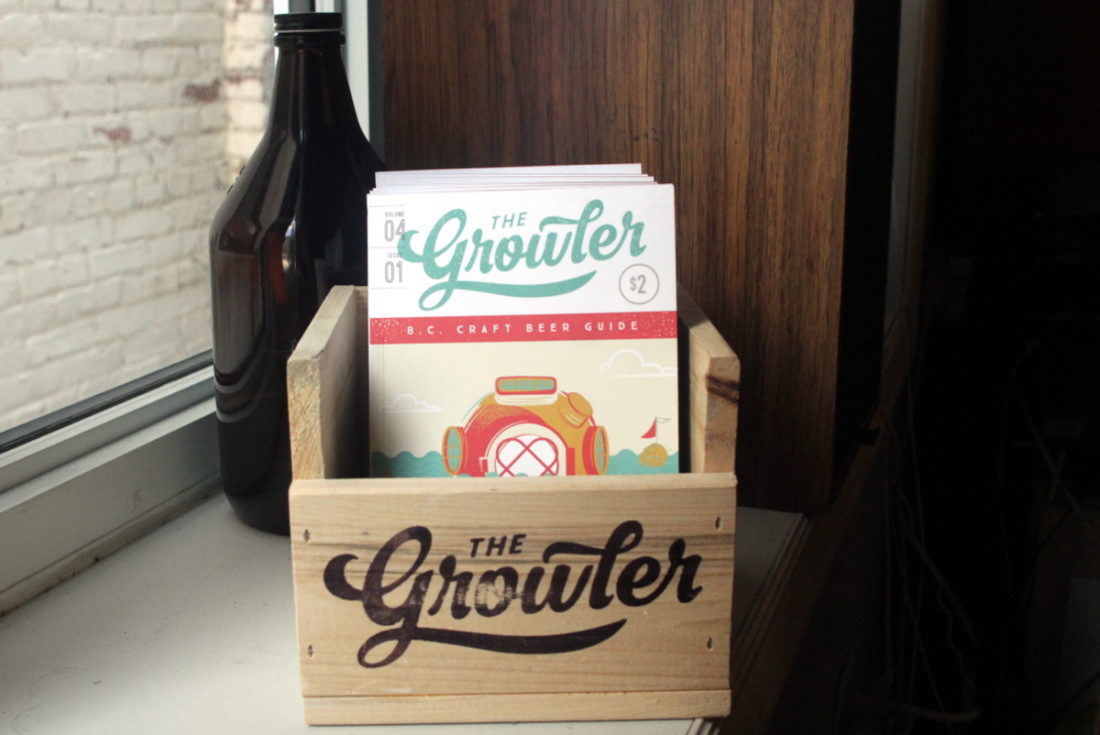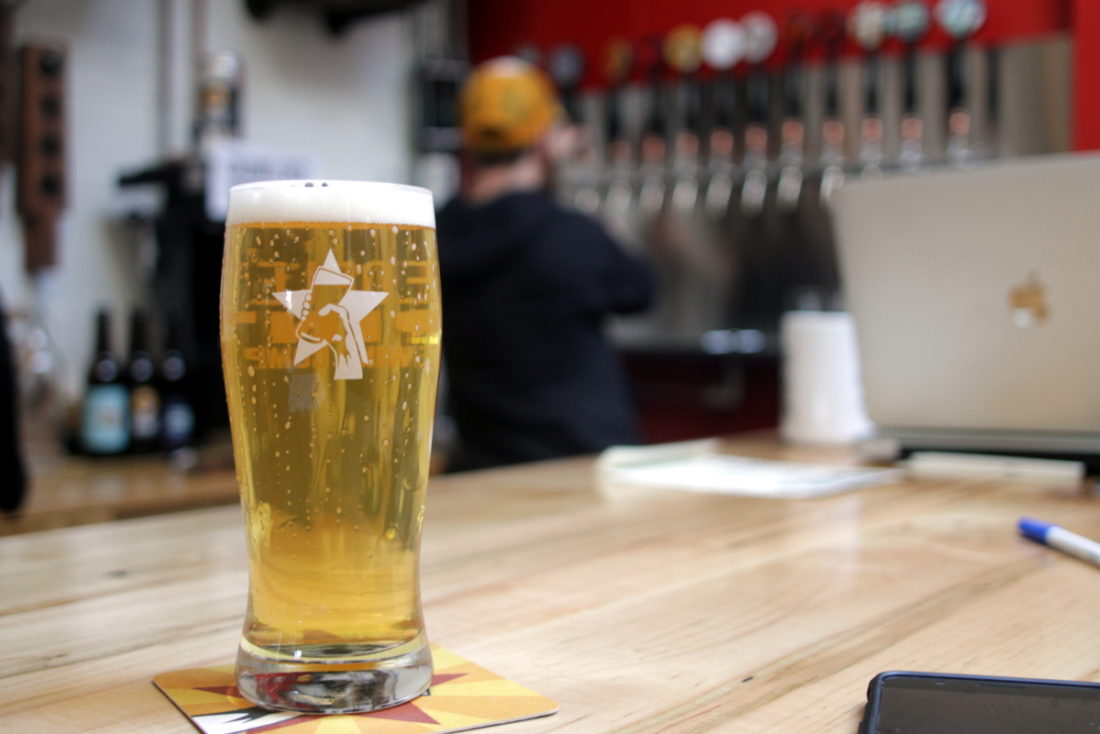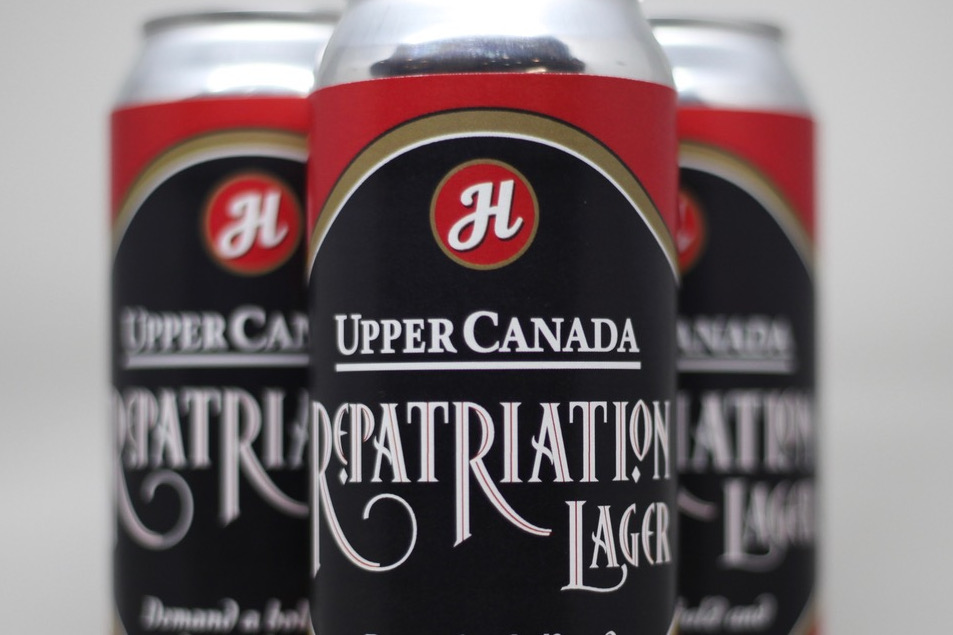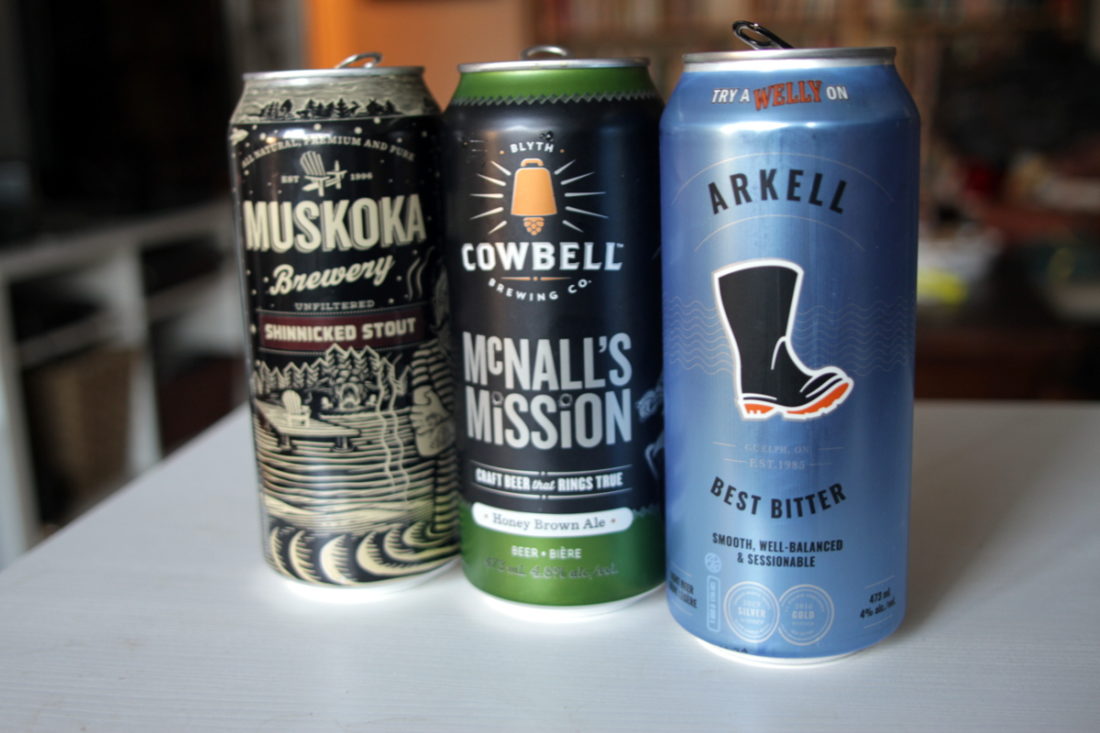
There was a time, say four or five years ago, when “imperial stout,” “triple black IPA” and “bourbon-barrel-aged” whatever were the keys that unlocked craft beer sales between November and February. I still love a good barley wine, but I find myself seeking out lower-ABV options, even as the days get shorter and the mercury drops below zero.
For a few reasons, mainly Guinness marketing, stout was saddled with a reputation as a heavy, rich beer that “drinks like a meal.” With a bit of experience and a few moments reading the side of cans it becomes obvious that opposite is true: Deep malt flavours mean that stout can get by with less alcohol than lighter styles.
The dry Irish stout is the perfect example of a winter beer you can drink all afternoon. Vimy and Gateway City both make versions under 5% ABV. People’s Pint scores bonus points for the name of theirs: Jacket Weather.
Stout’s family tree has many branches filled with many options. Great Lakes makes Shinny Pants, Evergreen has Dark is the New Light and Beerlab! does Imaginary Force.
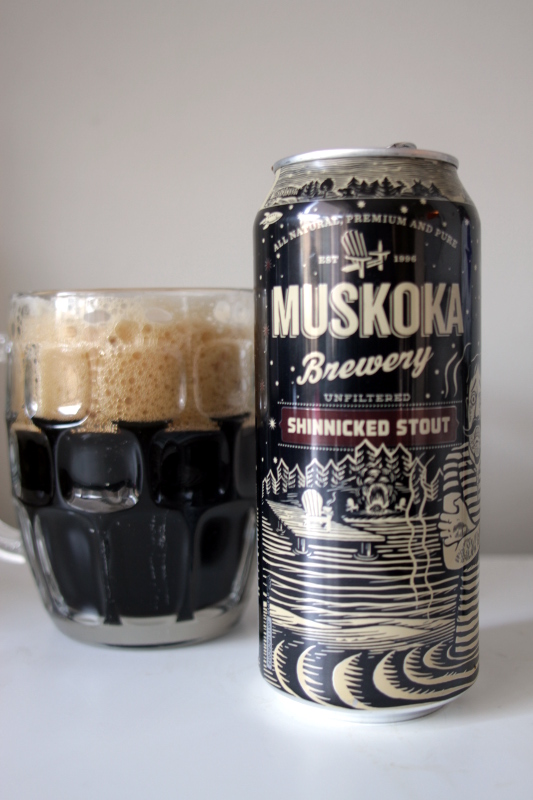
Milk stouts, like Parsons 8-ball or Wellington’s chocolate version, offer lactose to tame the roasted bitterness. A creamy body helps make a lower-ABV oatmeal stout feel warmer—Rainhard (with Sweetback’s), Manantler and Collingwood all make delicious ones. And, of course, there are coffee stouts like Shinnicked by Muskoka that get their kick from the bean instead of booze.
Black beers aren’t the only place to find a winter ale without a wallop. English bitter is the perfect all-season, all-day, everyday style. Rurban’s Bettah Bittah is worth sampling and Wellington’s Arkell Best bitter has made a long-awaited return to the LCBO’s shevles in a mix pack.
The English mild has a touch more malt and a bit less hops. It can be difficult to find, so search out Grey Matter’s Avro Arrow or Grand River’s Mill Race Dark.
Brown ales are the grown-up version of milds and are natural partners for stews, roasts and most other winter fare. From Anderson Brown to Concession Road’s English brown to Chestnut Brown by Oast House, there are several opportunities to try an Ontario-made brown ale.
Obviously, British styles aren’t the only options for frosty imbibing. Working up the lager ladder, there are many rungs before you get to the doppelbocks and Baltic porters.
At the tail end of Oktoberfest season, märzens still do well on a sunny, November afternoon. Night märzen by Beau’s and Honest lager by Walkerville are worth searching for.
Subtle amber malts and restrained hops set Vienna lagers up well for cold-weather sessions. Red Circle’s is an award-winning take on the style.
At the nearly opaque end of the spectrum, we get into dark lagers and schwarzbiers. Like dry stouts, examples like Dingman Dark by Herald Haus, Muddy York’s Black Opal and Silversmith’s are crisp with roasted complexity.
There’s no need to resort to heavy-hitters (or, heaven forbid, wine!) during holiday-and-hibernate season. Ontario craft breweries are doing a wonderful job of brewing session-worthy winter beers.


